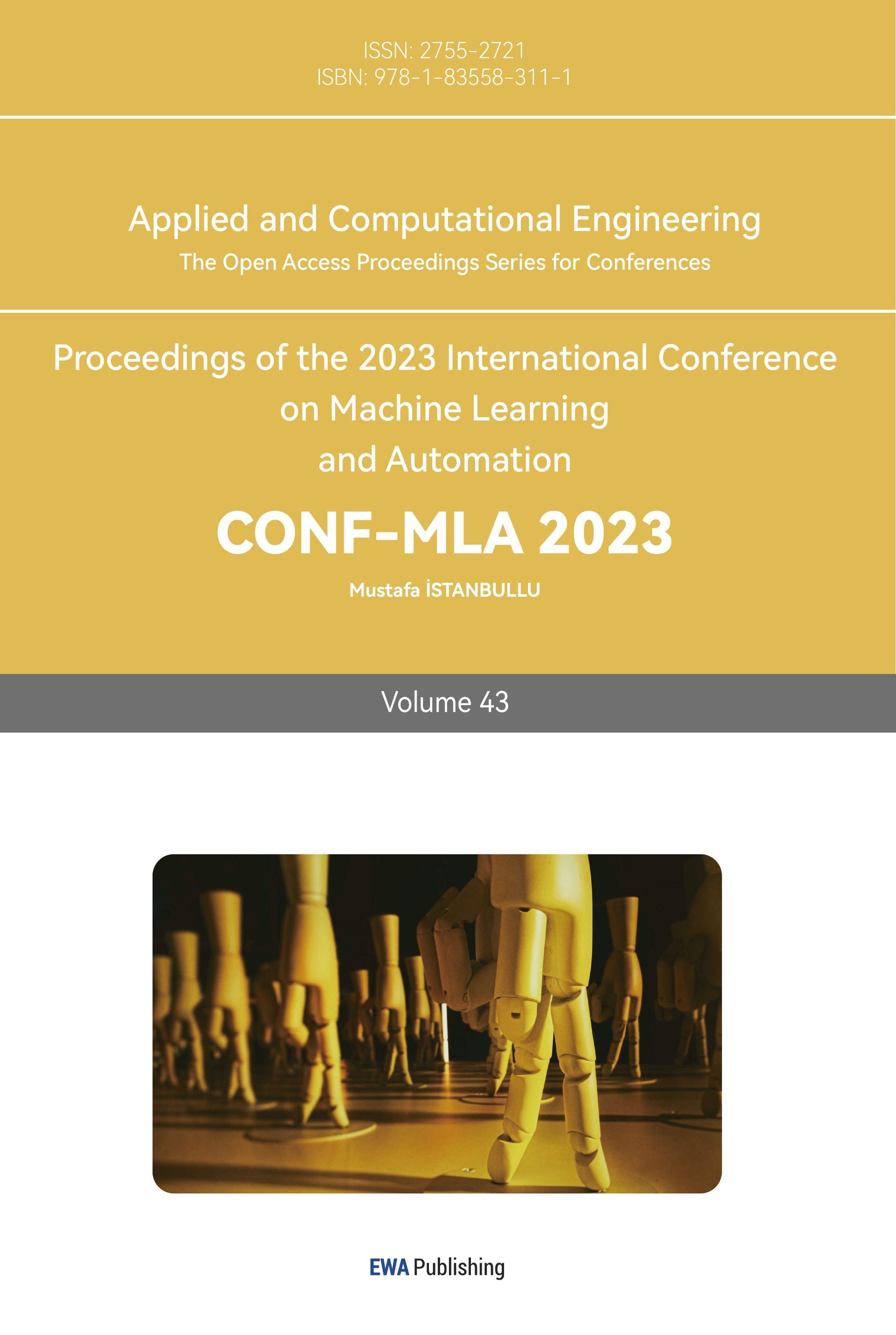References
[1]. Banker S 2021 Walmart’s Massive Investment In A Supply Chain Transformation Forbes
[2]. Pillai A R and Jolhe D A 2020 Market Basket Analysis: Case Study of a Supermarket. In Advances in Mechanical Engineering (pp. 727–734) Springer Singapore. https://doi.org/10.1007/978-981-15-3639-7_87
[3]. Parra X et al. 2022 Chronological evolution of the information-driven decision-making process (1950–2020). J. Knowl. Econ. DOI: 10.1007/s13132-022-00917-y
[4]. Wang T J et al 2017 Accounting For the Benefits Of Database Normalization Journal of Information Systems Education 28(1) 1-12
[5]. Machines IJCSNS International Journal of Computer Science and Network Security 21(9)
[6]. Lee M L et al 2002 Designing functional dependencies for XML. In Advances in Database Technology—EDBT 2002: 8th International Conference on Extending Database Technology Prague, Czech Republic, March 25–27, 2002 Proceedings 8 (pp. 124-141). Springer Berlin Heidelberg.
[7]. Yao H et al 2002 FD/spl I. bar/Mine: discovering functional dependencies in a database using equivalences. In 2002 IEEE International Conference on Data Mining, 2002. Proceedings. (pp. 729-732). IEEE.
[8]. Arman N 2006 Normalizer: A case tool to normalize relational database schemas.
[9]. Lucchesi C L and Osborn S L 1978 Candidate keys for relations. Journal of Computer and System Sciences, 17(2), 270-279.
[10]. Eessaar E 2016 The Database Normalization Theory and the Theory of Normalized Systems: Finding a Common Ground
Cite this article
Li,J.;Lin,Y.;Ren,J. (2024). Investigation and designing a comprehensive supply chain database for Walmart . Applied and Computational Engineering,43,8-16.
Data availability
The datasets used and/or analyzed during the current study will be available from the authors upon reasonable request.
Disclaimer/Publisher's Note
The statements, opinions and data contained in all publications are solely those of the individual author(s) and contributor(s) and not of EWA Publishing and/or the editor(s). EWA Publishing and/or the editor(s) disclaim responsibility for any injury to people or property resulting from any ideas, methods, instructions or products referred to in the content.
About volume
Volume title: Proceedings of the 2023 International Conference on Machine Learning and Automation
© 2024 by the author(s). Licensee EWA Publishing, Oxford, UK. This article is an open access article distributed under the terms and
conditions of the Creative Commons Attribution (CC BY) license. Authors who
publish this series agree to the following terms:
1. Authors retain copyright and grant the series right of first publication with the work simultaneously licensed under a Creative Commons
Attribution License that allows others to share the work with an acknowledgment of the work's authorship and initial publication in this
series.
2. Authors are able to enter into separate, additional contractual arrangements for the non-exclusive distribution of the series's published
version of the work (e.g., post it to an institutional repository or publish it in a book), with an acknowledgment of its initial
publication in this series.
3. Authors are permitted and encouraged to post their work online (e.g., in institutional repositories or on their website) prior to and
during the submission process, as it can lead to productive exchanges, as well as earlier and greater citation of published work (See
Open access policy for details).
References
[1]. Banker S 2021 Walmart’s Massive Investment In A Supply Chain Transformation Forbes
[2]. Pillai A R and Jolhe D A 2020 Market Basket Analysis: Case Study of a Supermarket. In Advances in Mechanical Engineering (pp. 727–734) Springer Singapore. https://doi.org/10.1007/978-981-15-3639-7_87
[3]. Parra X et al. 2022 Chronological evolution of the information-driven decision-making process (1950–2020). J. Knowl. Econ. DOI: 10.1007/s13132-022-00917-y
[4]. Wang T J et al 2017 Accounting For the Benefits Of Database Normalization Journal of Information Systems Education 28(1) 1-12
[5]. Machines IJCSNS International Journal of Computer Science and Network Security 21(9)
[6]. Lee M L et al 2002 Designing functional dependencies for XML. In Advances in Database Technology—EDBT 2002: 8th International Conference on Extending Database Technology Prague, Czech Republic, March 25–27, 2002 Proceedings 8 (pp. 124-141). Springer Berlin Heidelberg.
[7]. Yao H et al 2002 FD/spl I. bar/Mine: discovering functional dependencies in a database using equivalences. In 2002 IEEE International Conference on Data Mining, 2002. Proceedings. (pp. 729-732). IEEE.
[8]. Arman N 2006 Normalizer: A case tool to normalize relational database schemas.
[9]. Lucchesi C L and Osborn S L 1978 Candidate keys for relations. Journal of Computer and System Sciences, 17(2), 270-279.
[10]. Eessaar E 2016 The Database Normalization Theory and the Theory of Normalized Systems: Finding a Common Ground









